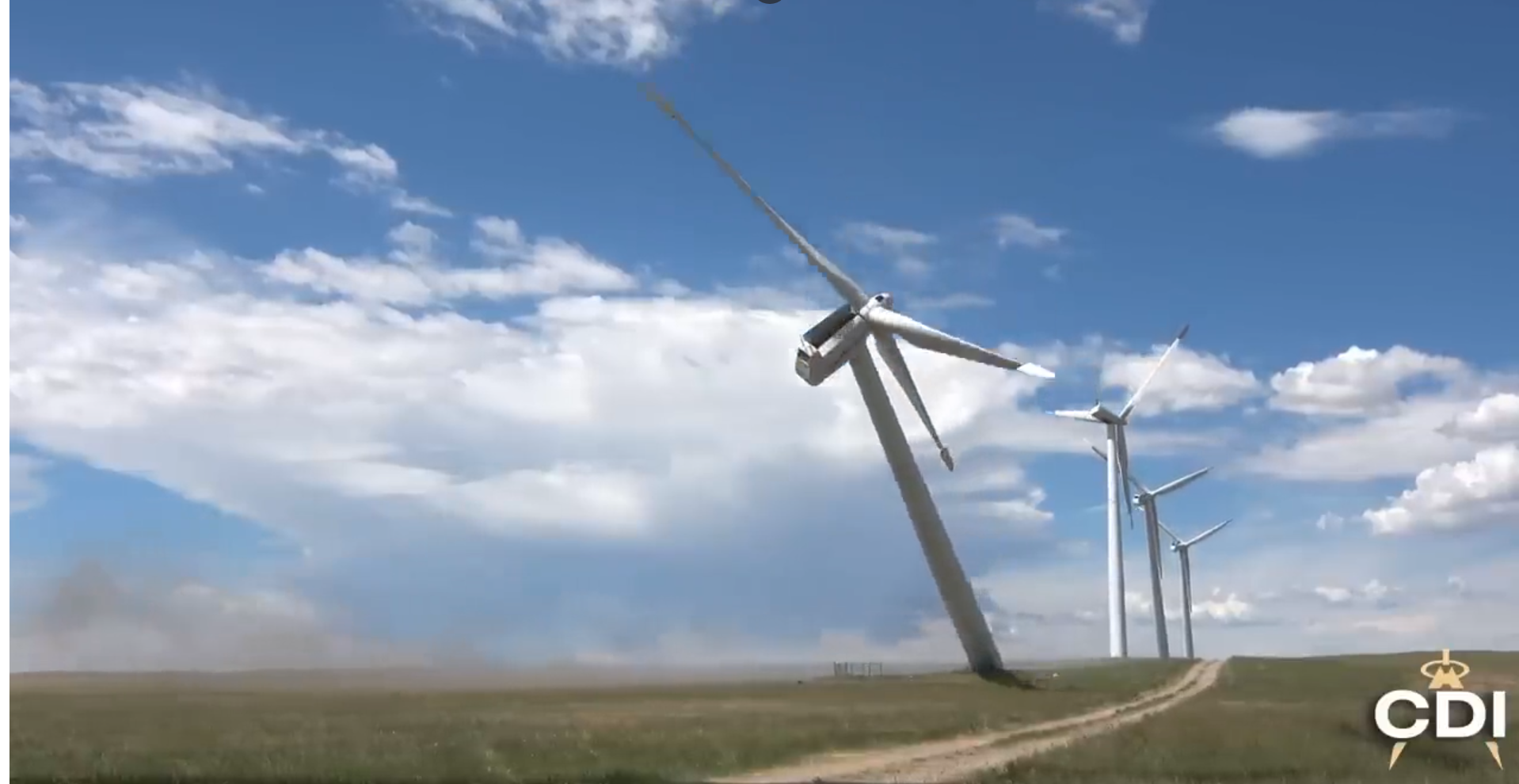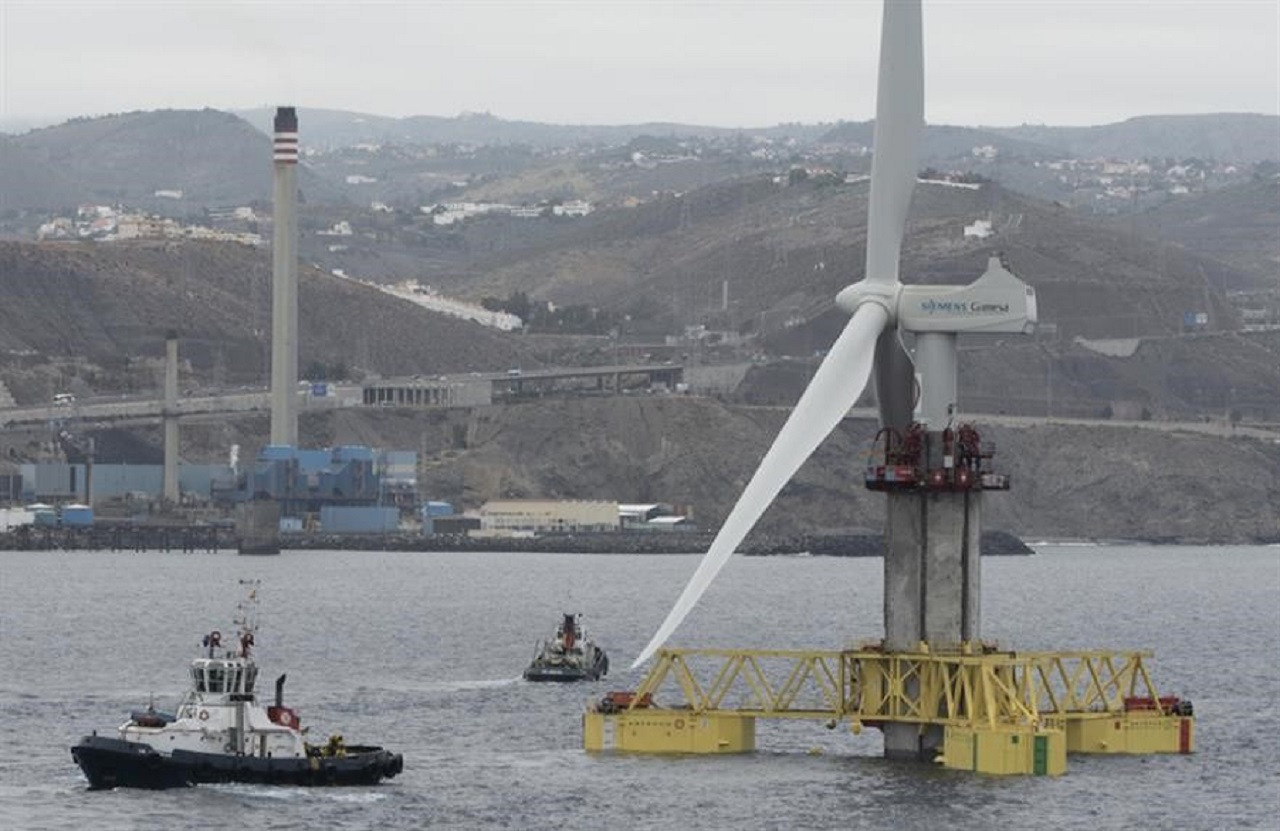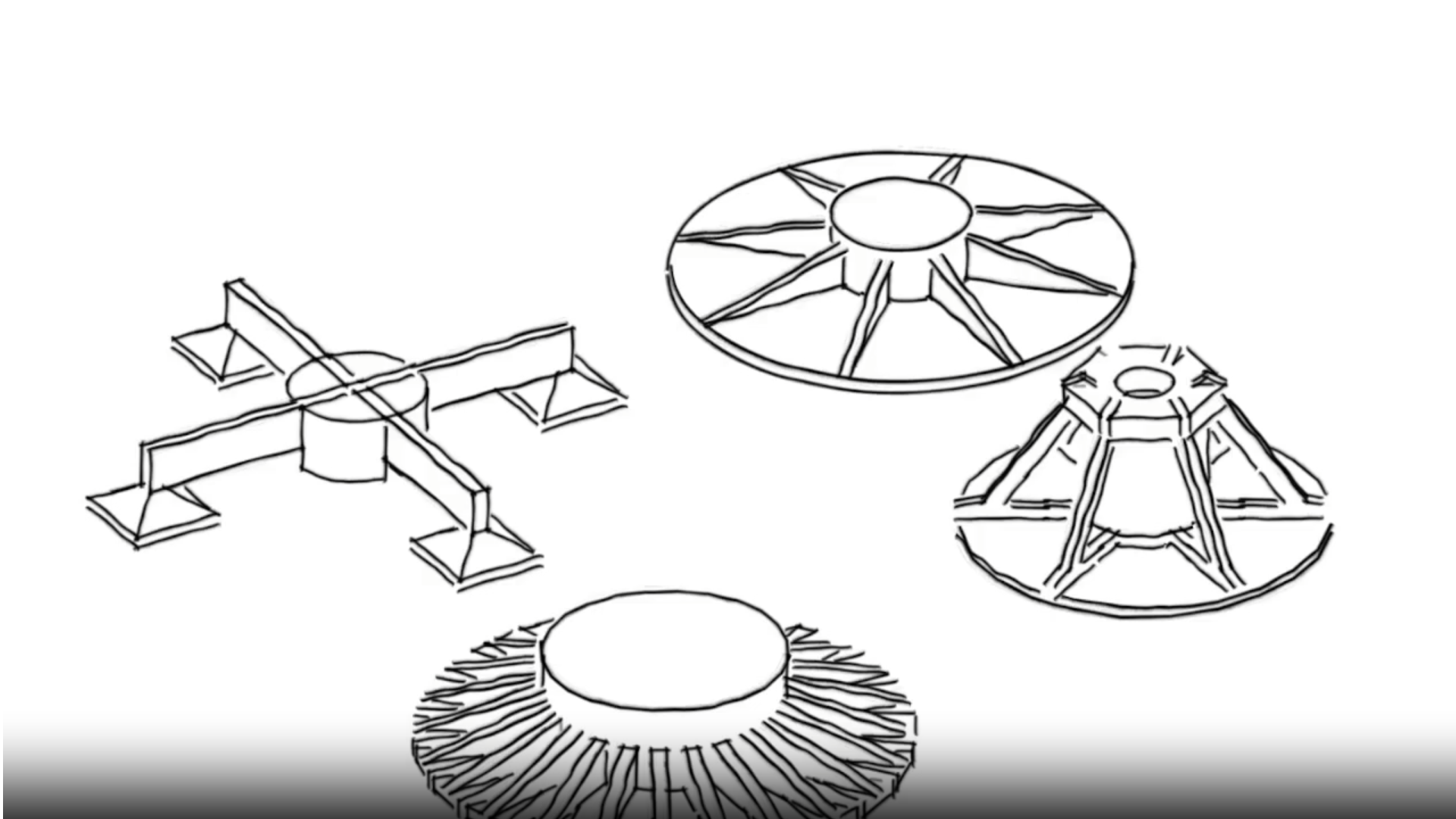Author: Francesco Miceli
-

A chat with artificial intelligence: ChatGPT & wind farms construction
I just had a chat with Chat GPT on wind farms. Chat GPT is an advanced language model. Below you can find the conversation. If you want to test it by yourself, here you have the link: https://chat.openai.com/chat Enjoy! Hello! What is your name?Hello! I am Assistant. I am a large language model trained by…
-
Have a look inside: wind turbine blades
Have you ever wondered what a wind turbine blade looks like seen from the inside? This video answers your curiosity. Wind turbine blades are typically made by layering glass fibers in a matrix of epoxy resin (“fiberglass”). This composite material is lightweight, strong, and has good resistance to corrosion. Sometimes there is also a foam…
-

Wind Turbines controlled demolition
I have always felt a strange fascination for videos in which you see huge turbines falling. Browsing around on YouTube, I came across the Loizeaux family, who seem to have an extremely interesting life: they specialise in demolishing structures (LinkedIn). The Loizeauxs, with their company Controlled Demolition, Incorporated (CDI) have demolished dozens of turbines. Here…
-
El Cabrito repowering
In this video you can see the repowering of a wind farm in one of the most beautiful (and windy) areas in the world.It is El Cabrito, in the south of Andalucia (in Spain), halfway between Tarifa and Algeciras. I would love to go and live there one day.It is a park I have visited…
-
Concrete laminar wind turbine foundations: doing more with less
Concrete laminar foundation (or CLF) is a new type of wind turbine foundation developed by my friend José Carril and the team of MS-RDITECH. The CLF foundation is a new wind turbine foundation concept based on laminar elements. It is composed by 3 main elements: a lower slab, a central cylinder and a top shell….
-
Road Design & Earthwork Optimization Software for Wind Farm Networks
I have been contacted by Erin Wasney, Business Development Manager at Softree Technical Systems. She proposed to write a guest post on RoadEng, a software developed to design long roads and large networks of low volume roads faster and easier than other civil design software. I am more than happy to share his post with…
-

From blades to cement – the experience of Veolia
A few days ago YouTube’s algorithm correctly has correctly suggested to me to have a link at this video. Made by Business Insiders is an interesting addition to the theme of wind blade disposal – have a look at my previous post on the topic on how to use blades to make cement. You will…
-
WindPro and WAsP
WindPro and WAsP are two software tools used in the wind energy sector. They help developers, investors and wind turbines manufacturers in wind resource assessment. Wind resource assessment is the detailed study of the wind characteristics of the area. It is needed to define which is the most appropriate turbine model to use and what…
-

Self-erecting turbines: the Elisa / Elican project
The Elisa / Elican Project is a multimillion, full-scale prototype of a self-erecting offshore concrete tower. The tower is coupled with a buoyant foundation – it floats and can be transported to the installation site where it is ballasted and sunken to the final position. Once in place the tower self-erection can start, saving money…
